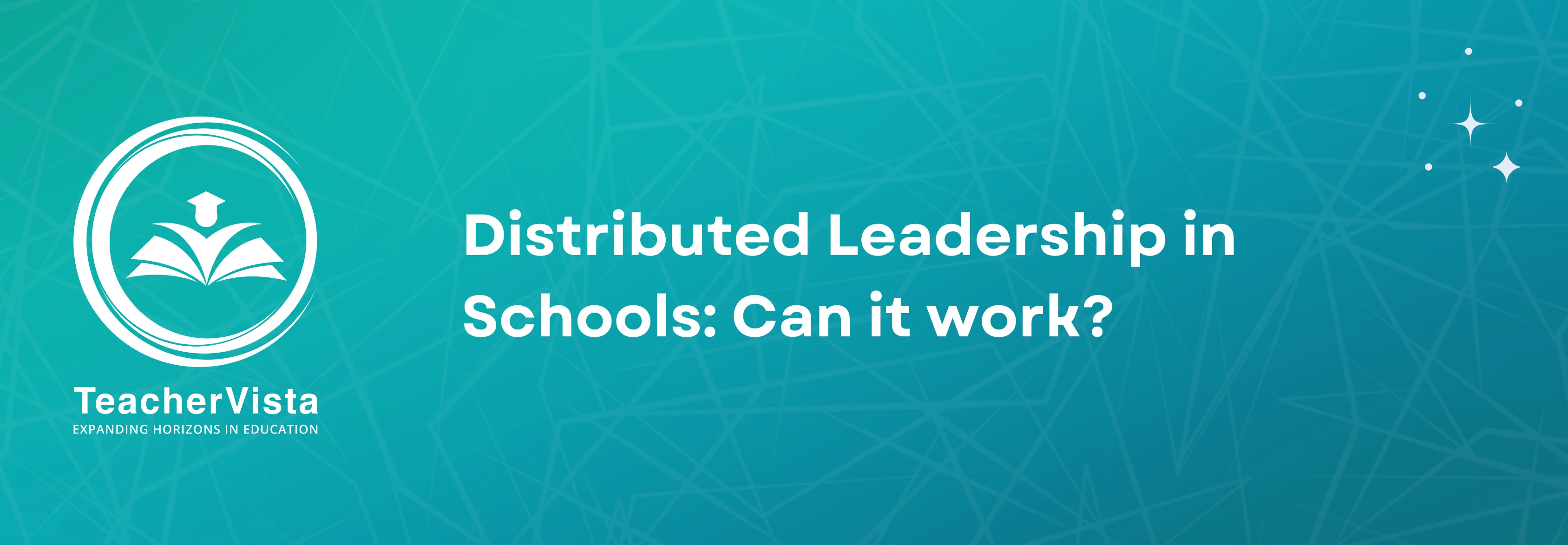Distributed Leadership in Schools: Can it work?

The concept of Distributed Leadership is not new. Research in the 1950s and 1960s highlighted the importance of involving multiple people in decision-making processes, especially in complex organisations where expertise was widely dispersed across teams.
In schools, it can be both embraced by aspiring leaders and spurned by already overworked teachers who despise the thought of another meeting. Yet it re-emerges in many guises - think of the myriad of ‘leadership groups’ multiplying throughout organisations with novel names of importance - so is the result synergy or silos?
Without a framework for fostering a culture of shared responsibility and appreciation for the overall direction of the school, distribution of leadership can result in dilution of leadership and creation of silos. Furthermore, forming more layers of ‘leadership’ can take teachers away from applying their expertise to delivering high quality teaching.
To get it right, it needs to be individually empowering and collectively leading to the attainment of common school goals.
- Empower all the faculty: Empower teachers and specialists to take the lead within their areas of expertise. Ensure that expertise in your faculty is known and provide a platform for skills to be shared.
- Collaborate and Innovate: Encourage collaboration across departments, grade levels and speciality areas. New perspectives and approaches are gained outside the confines of regular routines and inside reflective experiences.
- Data-Driven: Insist on documented evidence for courses of action. In a distributed leadership model, data is key to demonstrating that decisions lead towards achieving overall school goals.
If implemented correctly, Distributed Leadership creates a dynamic, collaborative environment in schools, where teachers are not just educators but also leaders in their field. Empowerment, collaboration, and data to drive actions towards common goals are essential elements for distributed leadership to be successful rather than a succession of leadership chains.
Distributed Leadership can transform the way schools operate if the distribution enhances the utilisation of skills and expertise for teaching and learning. This is particularly potent in international schools, where diverse expertise and perspectives are essential for navigating complex educational environments.
The school-wide platform, TeacherVista, supports the distributed leadership model without requiring the formation of new leadership groups. Its tools for teacher collaboration, observation and feedback management, and sharing expertise help schools build learning communities. Through streamlined processes, learnings can easily be documented and progress tracked.
The platform allows schools to identify areas for growth at both individual and institutional levels. Teachers can reflect on their methods and lead peer-driven improvements in alignment with school goals. Simply put, TeacherVista breaks down the silos and creates synergy between teachers and principals.